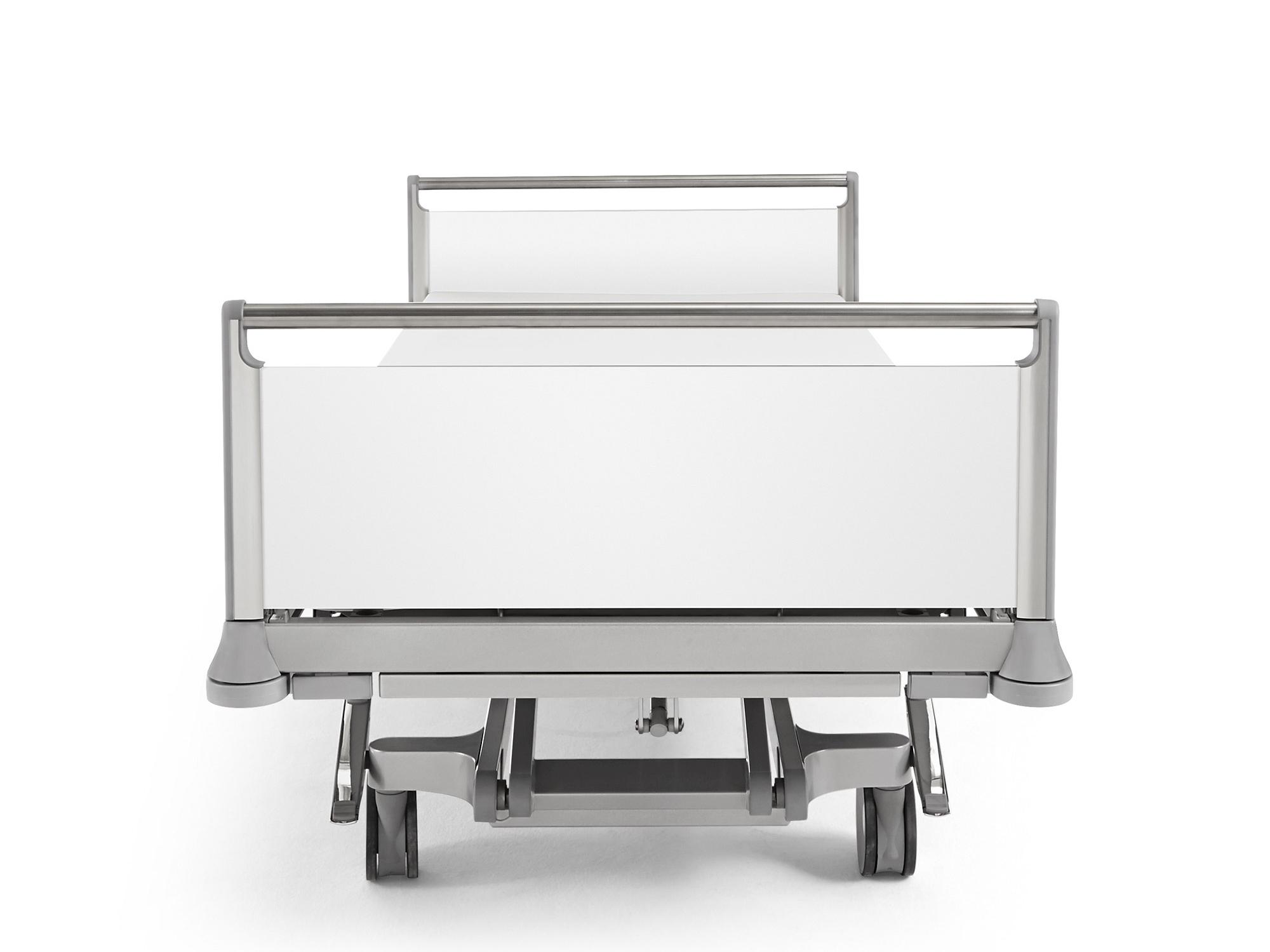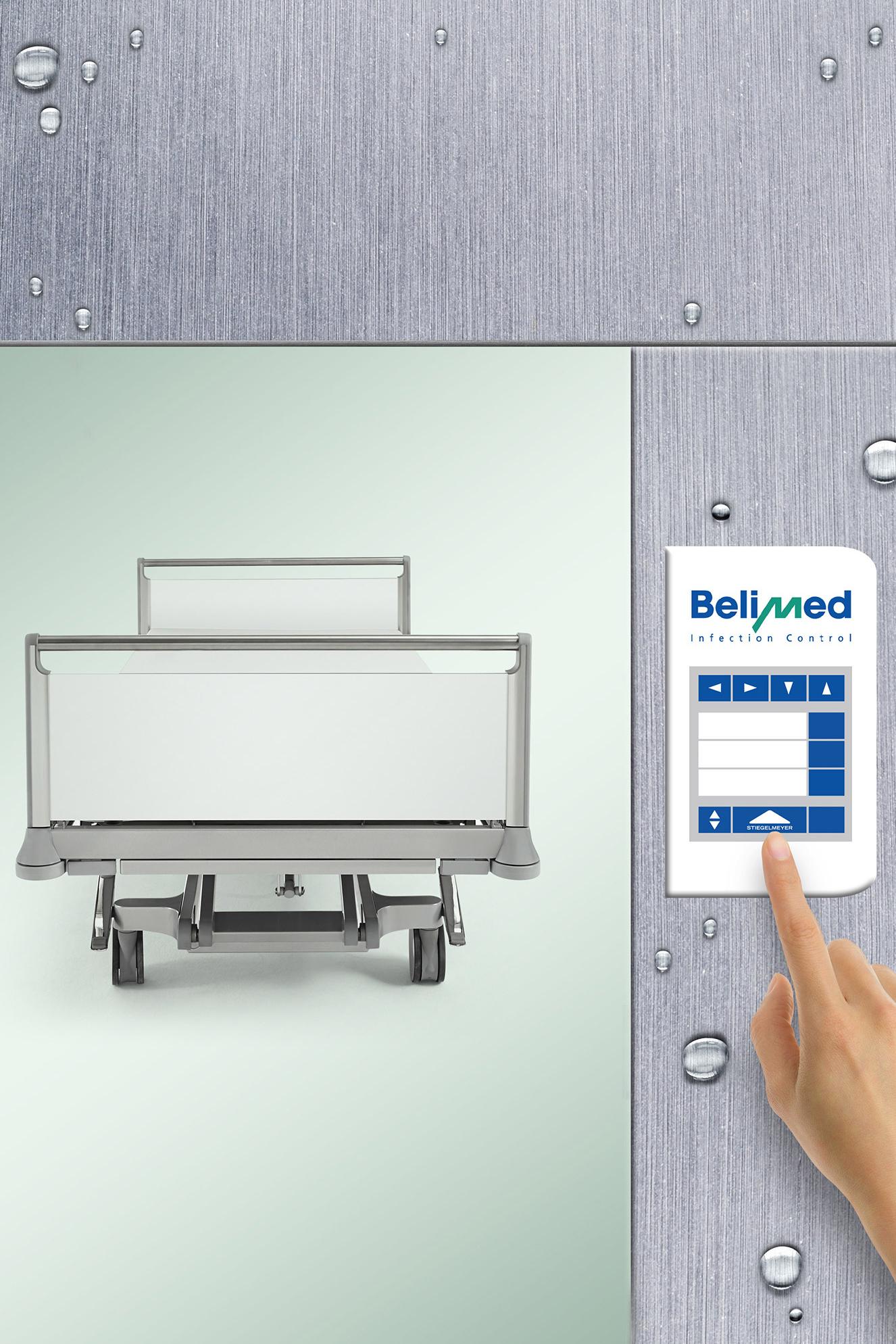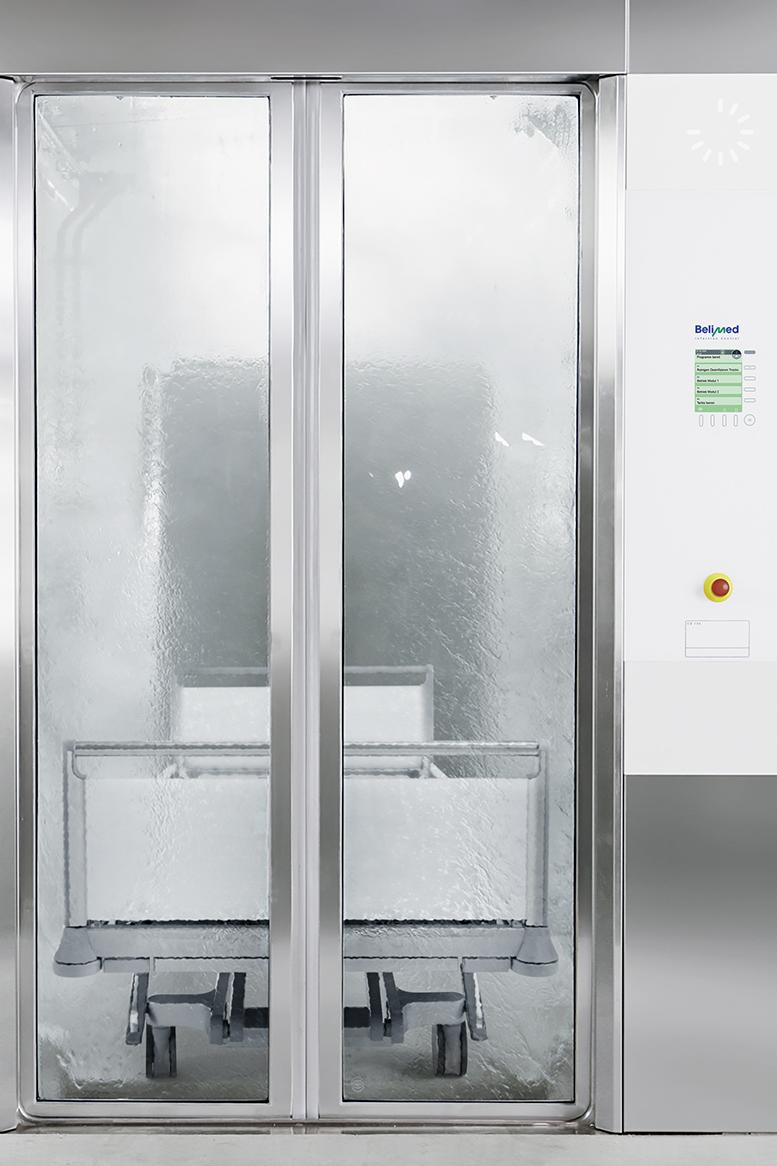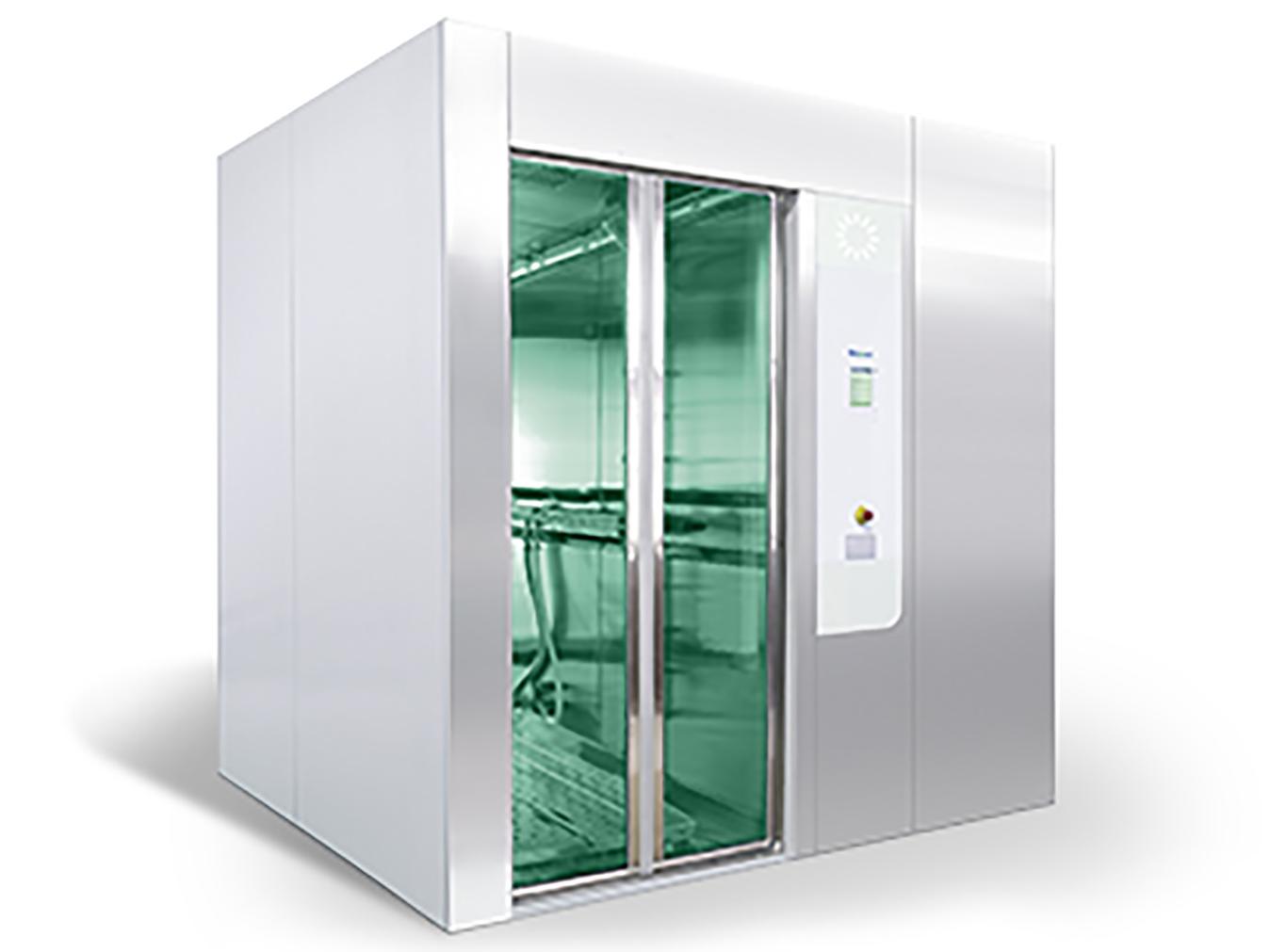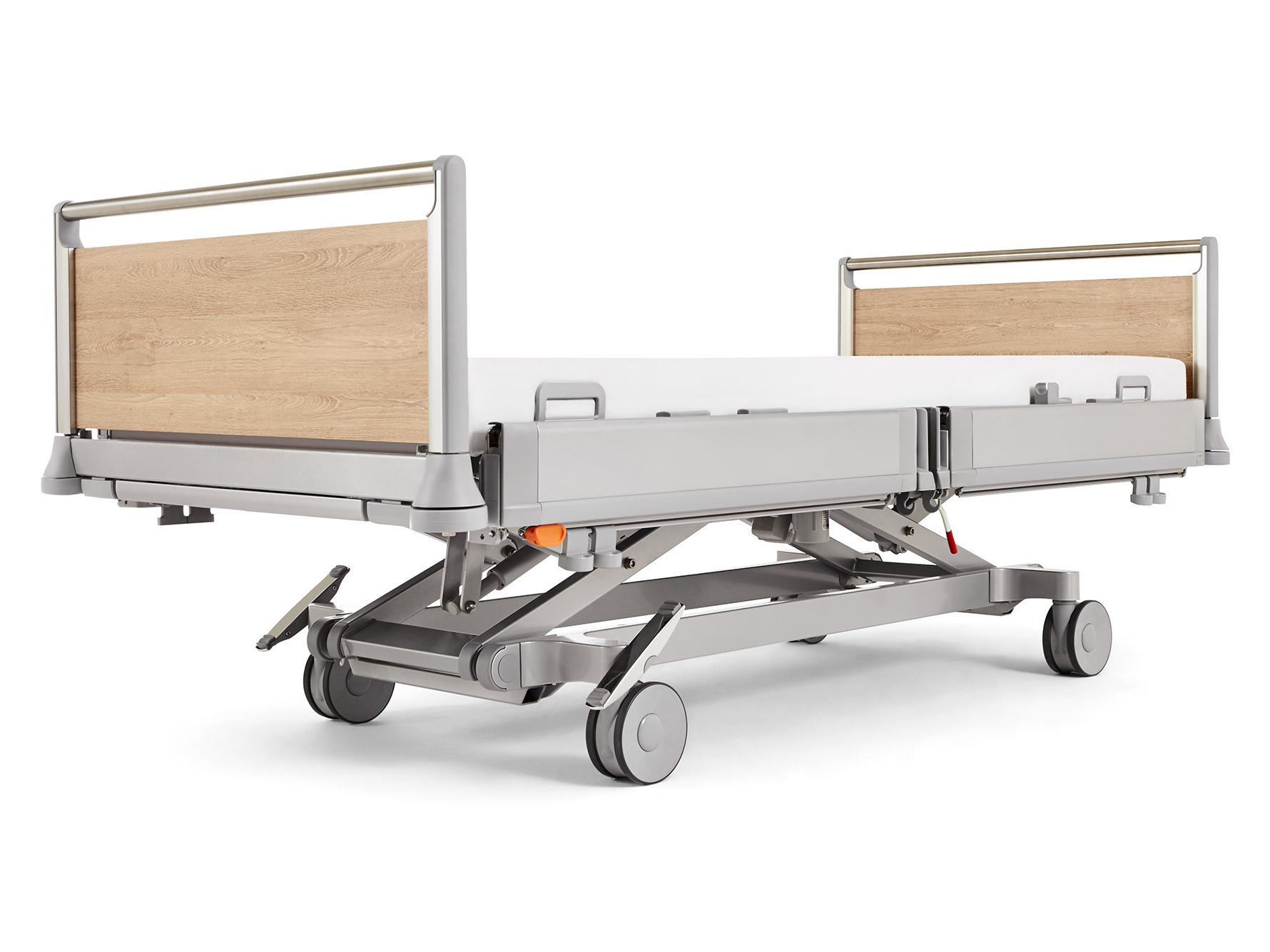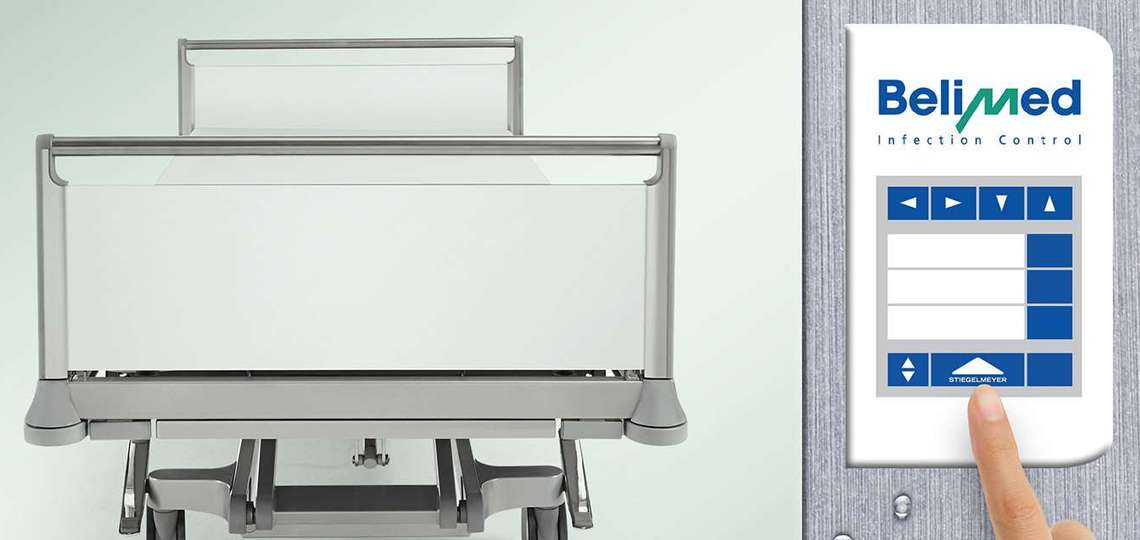
Patients and hospitals worldwide are faced with a threat: Antibiotic-resistant pathogens are causing more and more infections. It is time to fight this problem more vigorously than ever. The Stiegelmeyer and Belimed companies have therefore initiated cooperation to further improve the hygiene of hospital beds by automated reprocessing, and at the same time to increase the efficiency of bed allocation.
The two companies bring jointly more than 80 years of experience with machine-washable beds. The Swiss company Belimed is the leading global provider of innovative system solutions for cleaning, disinfection and sterilisation of clinical products. The company employs around 1,200 workers at 12 locations in Europe, North America and China. The new Belimed CS 750 washing system is particularly well suited for reprocessing of the Puro hospital bed. It was designed to take account of the latest guidelines and directives.
Stiegelmeyer built the first machine-washable bed as early as in the seventies. With the new Puro model, the company is now setting new hygiene standards: The linear hospital bed is very easy to clean and disinfect, both manually and automatically. The frame structure of the washable version is particularly robust due to cavity sealing. The housings of the drive components, with their excellent IPX6W tightness, meets the high demands of automatic decontamination. High product quality ensures surface-preserving and hygienically faultless reprocessing in accordance with AK-BWA (Working Group for Bedframe and Cart Decontamination Systems).
The cooperation between Belimed and Stiegelmeyer
...opens up new perspectives for customers. The objective is to precisely match beds with reprocessing equipment. Customers who use products from both of these companies can count on highest hygienic standards – from the very first moment. Experts from both companies form a team that offers competent and individual advice to customers in the hospitals. The experts examine all processes related to bed allocation and reprocessing, analyse critical issues, and offer solutions. Every institution can therefore find the optimal way to improve its hygienic conditions, increase the safety of patients, and work more efficiently.

